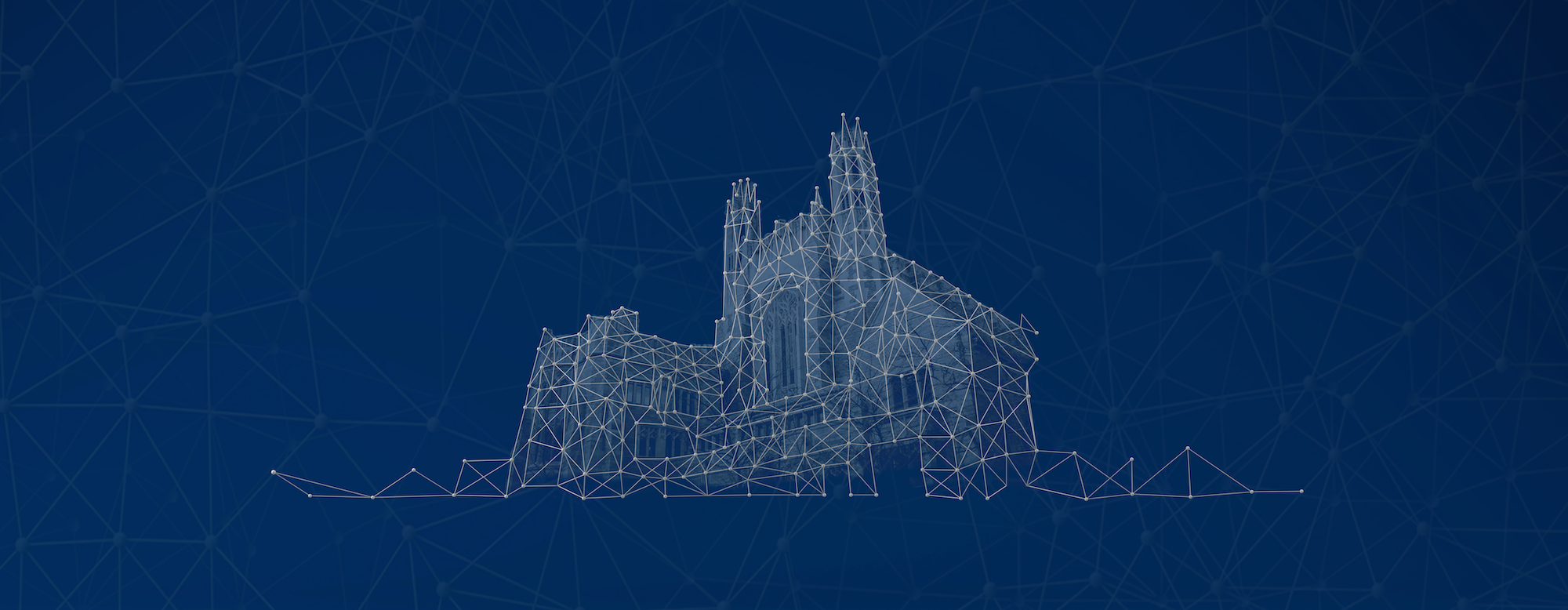Preview:
We are witnessing the birth of a Platform Federation. Global platforms wield growing power over our public sphere–and yet our politics and public debates remain stubbornly state-based. In the platform age, speech can transcend international boundaries, but the repercussions of speech are mainly felt within our own domiciles, municipalities, and national territories. This mismatch puts countries in a difficult place, in which they must negotiate the tension between steering the public sphere to protect local speech norms and values and the immense benefits of free transboundary communication. This Article explores the outcome of this balancing act—what we call platform federalism: where it comes from, how it is unfolding, and how to make it better.
The rise of global digital platforms brought up a crisis that has not yet been fully diagnosed. Until their appearance, the public sphere was disciplined by gatekeepers such as traditional mass media and other civil society institutions. They acted to enforce a common set of norms over public discourse. These gatekeepers fulfilled crucial social functions. They enacted and enforced the fundamental social norms that made public communication possible, while at the same time avoiding direct state intervention in public discourse. Through social media, people are now able to bypass these institutions and reach mass audiences directly—what we call the “bypass effect.”
Countries are reacting to the consequences of the bypass effect by enforcing local social norms directly. Autocracies might enjoy the dubious luxury of shutting down Internet borders completely. This option, however, is not available for democracies, nor is it desirable. Democracies have embraced softer forms of regulation, which we call “state federalism.” As civil-society gatekeepers are bypassed, states take the mission of curating the public sphere onto themselves: they forcefully impose their own civility norms on platforms’ users (like Germany) or directly forbid fake news on them (like France). State federalism might work in restoring the public sphere’s civility, but it risks unduly imposing the state’s (as opposed to the community’s) values upon the population. State federalism, in other words, can quickly become incompatible with liberalism.
We propose a new set of policy tools to maintain domestic civility in the public sphere while keeping state power at bay: civil society federalism. In civil society federalism, the state does not police the public sphere by itself, but rather requires platforms to invite civil society back into their gatekeeping role. These policies ask civil-society organizations to shape the norms that constitute public discourse; as in the past, they are the ones to exclude hate speech, profanity, or misinformation from the public sphere. By bringing civil society back, states can ensure the civility of the public sphere without exerting undue power over it.
